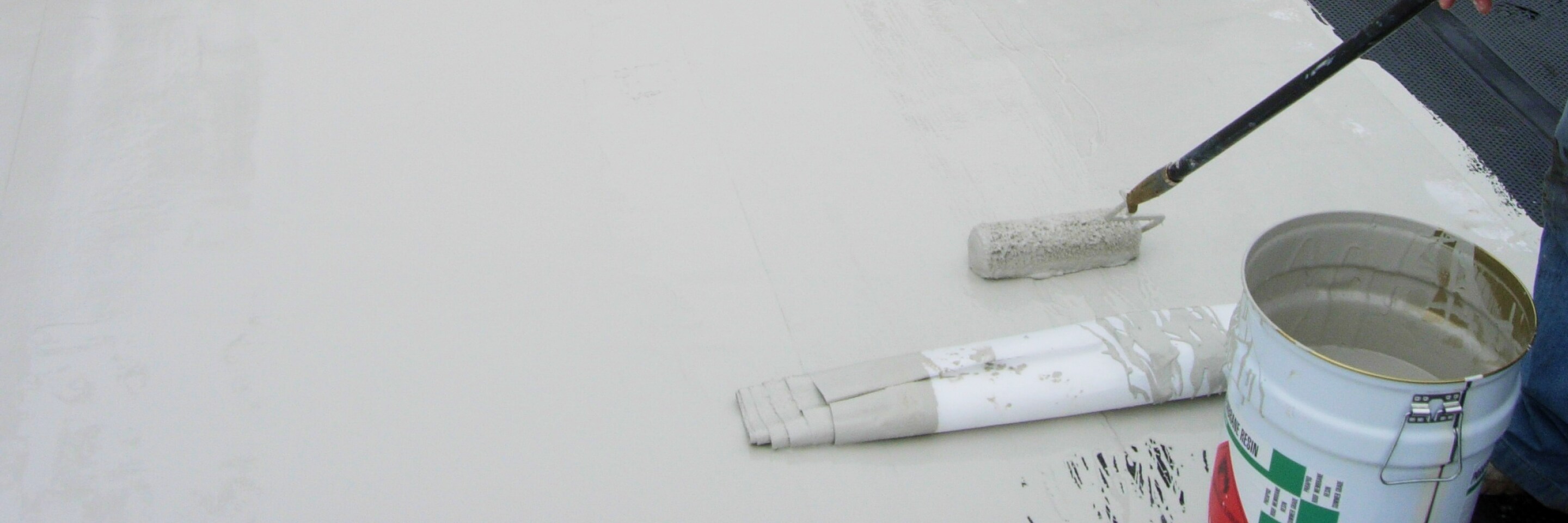
Improving Adhesion Strength
Siplast began manufacturing PMMA resins in Arkadelphia, Arkansas in 2006. At the time, PMMA was part of a growing trend towards high-performance liquid-applied membranes. With an already established performance history in Europe, Parapro Roof Membrane quickly became recognized as the leader and trail blazer in the rapidly gaining liquids market.
Unlike some of the other liquid-applied system manufacturers, Siplast had the unique opportunity to combine the durability of modified bitumen with the benefits of liquid-applied membranes. Siplast brought an innovation to the modified bitumen/liquid-applied membrane combination by developing a modified bitumen sheet specifically for use with Parapro Roof Membrane.
Pro Base series membranes have a factory-applied, specially formulated acrylic dispersion on the top surface of the modified bitumen sheet. The acrylic surfacing in combination with the membrane serves several very important purposes that optimize the application and performance of PMMA systems.
Substrate Adhesion
The adhesion of PMMA and other liquid-applied membranes to a substrate is very dependent on the surface preparation of that substrate. To achieve proper adhesion to concrete, for instance, shot blasting is the method preferred by most liquid-applied manufacturers for direct application. When directly adhering to a new or old concrete substrate, moisture and other contaminants in the concrete deck can be troublesome. Along with surface preparation, some substrates may even require expensive primers to act as a moisture mitigation layer.
Pro Base TS is designed to vent vapor pressure in situations where blistering is a possibility. Rather than force moisture to remain in the concrete like primers and liquid systems, TS allows the natural movement of moisture to occur and safely move out of the system.
Pro Base Surface Adhesion

Surface Temperature






